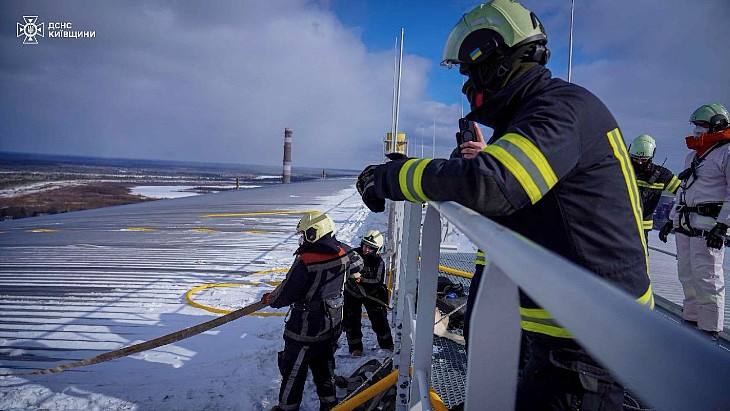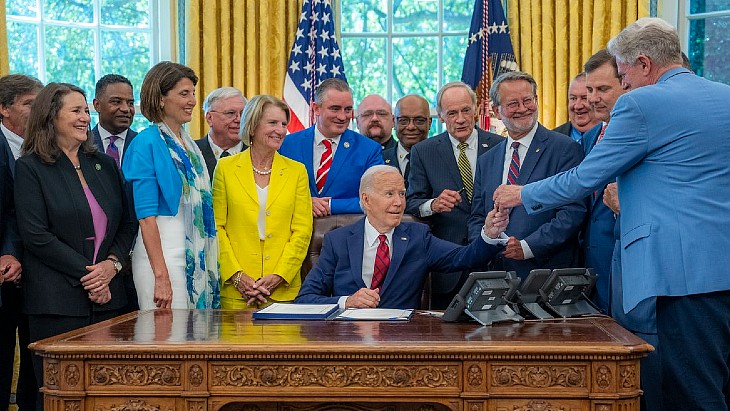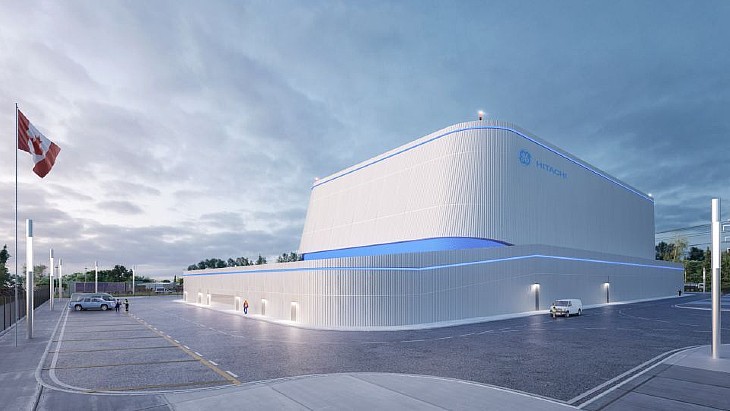Tricastin investigations continue while pipe rupture is announced
![]() Inspections have continued at Tricastin into the uranium solution spill. Meanwhile, a pipe for the discharge of a similar substance at another French site has been revealed to be ruptured.
Inspections have continued at Tricastin into the uranium solution spill. Meanwhile, a pipe for the discharge of a similar substance at another French site has been revealed to be ruptured.
Inspections have continued at Tricastin into the uranium solution spill. Meanwhile, a pipe for the discharge of a similar substance at another French site has been revealed to be ruptured. Although the events at fuel cycle facilities have had no real safety significance, they appear to have shaken confidence in nuclear power in general.
.jpg) |
| Inside George Besse. It was at a facility which cleans the parts from George Besse that the uranium solution leaked (Image: Areva) |
About 30 cubic metres of a solution including 12g of uranium per litre escaped from an overflow tank and drained away into the ground at around 10pm on 7 July. Areva said this was during a draining operation at a water treatment installation, downstream from the George Besse uranium enrichment plant. The incident has been graded at Level 1 on the International Nuclear Event Scale (INES), an 'anomaly.'
For a short time, uranium levels in the water in the immediate vicinity of the spill were far in excess of World Health Organisation guidelines for potable water. Levels have now receded to around half that level, 15 micrograms per litre. Two measurement points have shown higher levels, and these are being examined in further detail by the Institute for Radiological Protection and Nuclear Safety (Institut de Radioprotection et de Sûreté Nucléaire, IRSN).
Areva's investigation, the company said, "revealed that safety procedures were quickly implemented." This meant plant operations being stopped, teams being mobilized, the drainage system being blocked and environmental samples being taken. Socatri reacted quickly to measure the scale of the incident, but the company was "at fault" for waiting around two hours and forty-five minutes for the results of these before informing the ASN. The spill itself "occurred as a result of a clear lack of coordination between work teams and operating teams."
A separate inspection from ASN and IRSN concluded that safety and security arrangements to prevent further such incidents was 'not completely satisfactory' and operating procedures during the incident were not completely in line with regulations. There were also 'gaps' in crisis communication with local authorities.
Leaky pipe
ASN revealed details of another incident involving uranium-bearing solution today. Yesterday at 5pm, ASN reported, Areva realised that an underground pipe used to discharge uranium solution had ruptured at the Franco-Belgian Fuel Fabrication plant (FBFC) near Romans-sue Isère in the Drôme region.
The pipe has been buried for many several years and Areva had taken precautions to protect the pipe from the effects of the weather. However, ASN noted the 'non-conformity' of the pipe with respect to regulatory requirements. This event also has been graded at Level 1 on the INES scale.
In reaction to this week's developments, France's environment minister, Jean-Louis Borloo has asked the public not to 'over-exaggerate' the seriousness of such minor incidents, which ASN and IRSN said have 'negligible' health impacts. Nevertheless, in an interview with Le Parisien newspaper, Borloo called for the groundwater around all France's nuclear power plants to undergo special testing in excess of that normally carried out by operators. The two uranium-related incidents this week both occurred at facilities related to the production of nuclear fuel, rather than power plants.










_50521.jpg)

